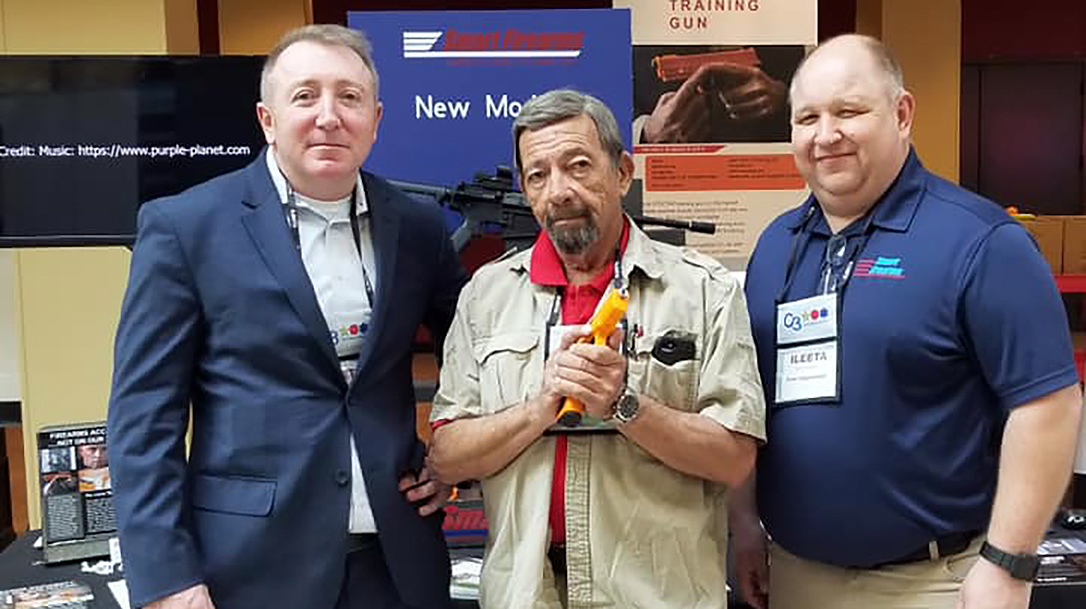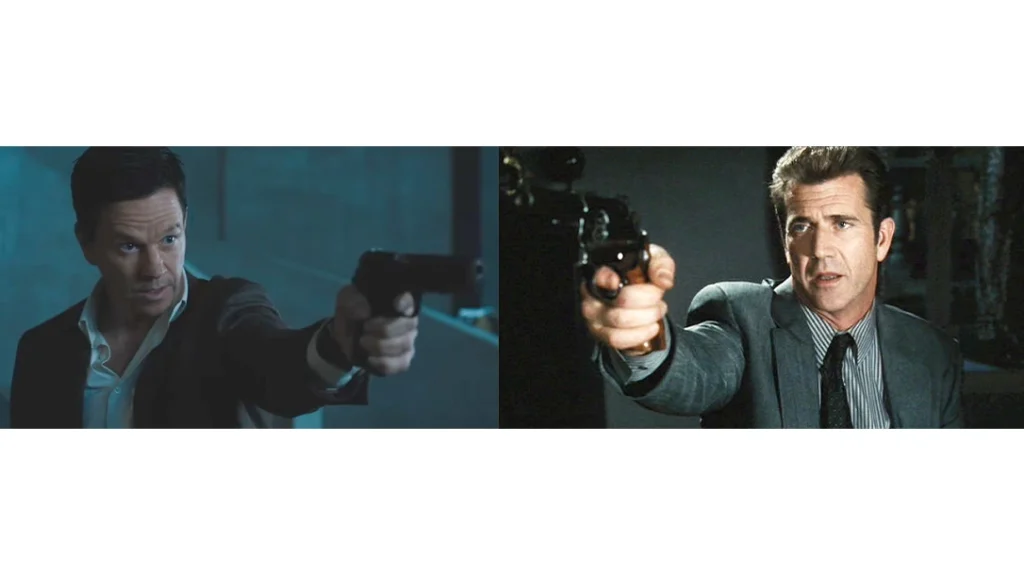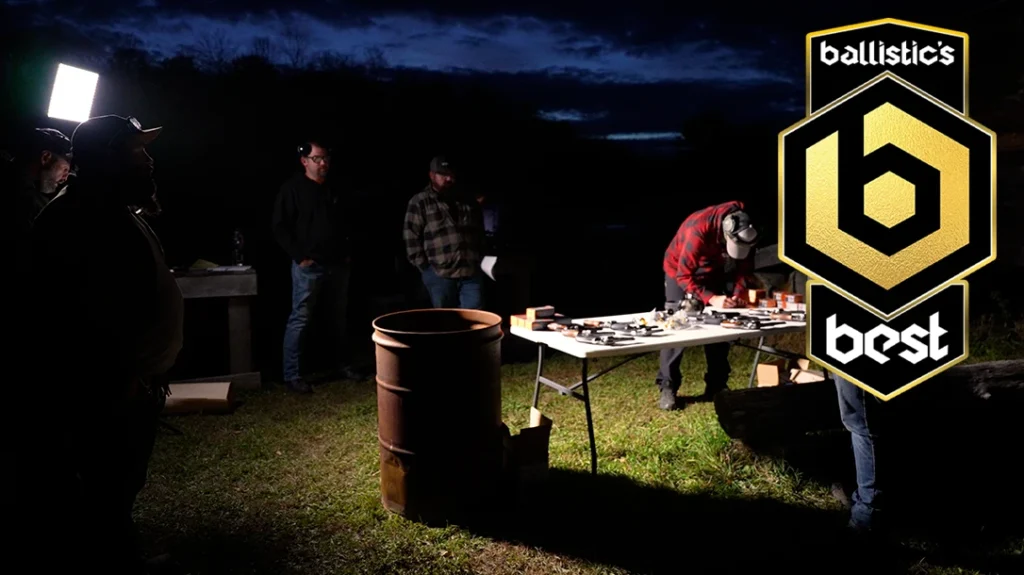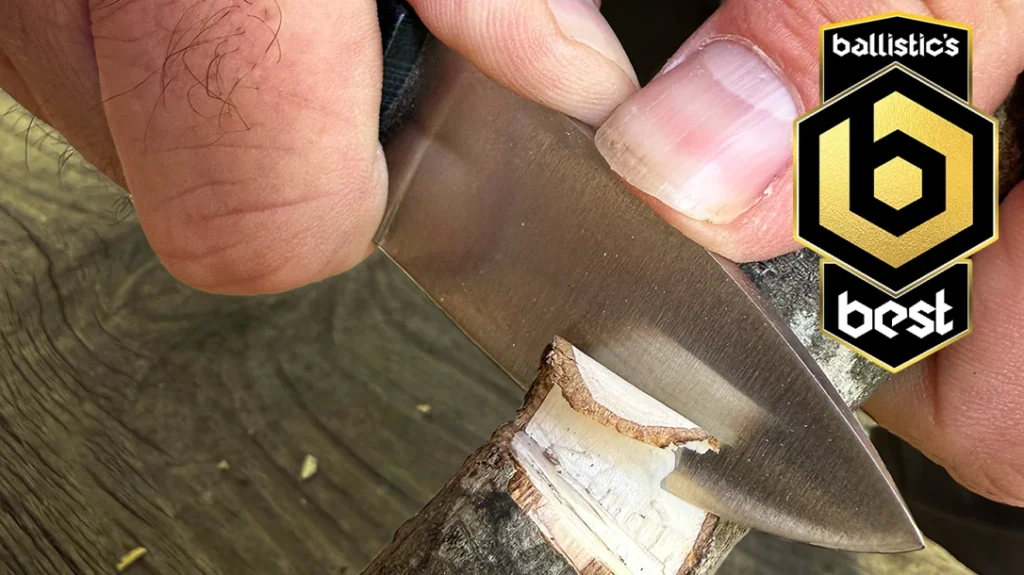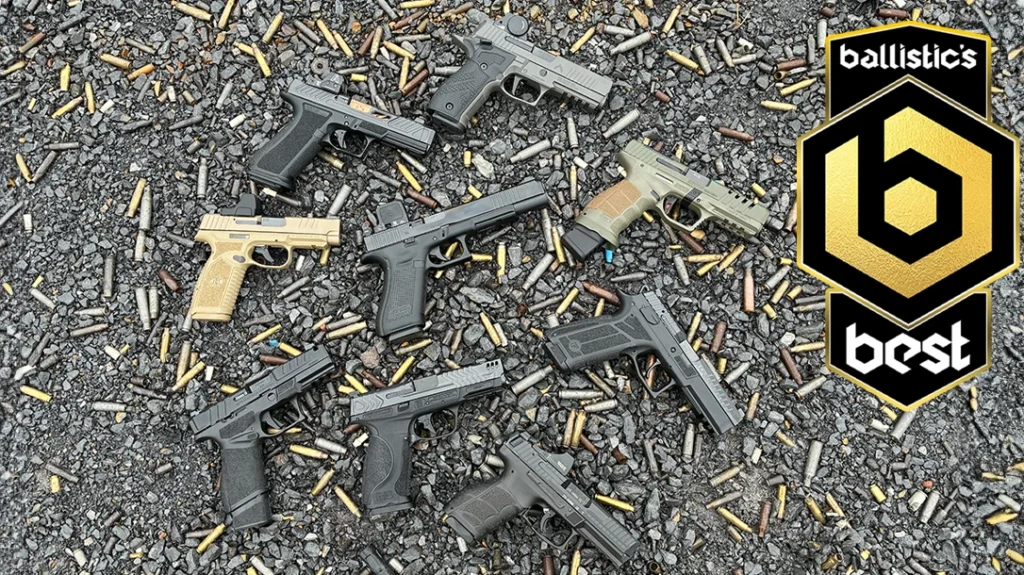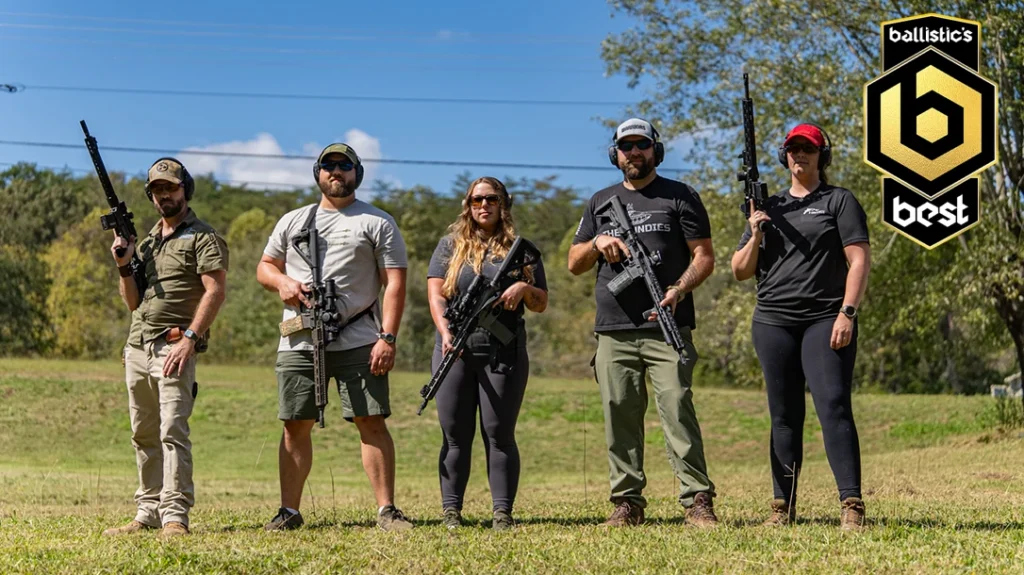Shooting a clean stage compares to flying a plane. A successful run in either requires deep attention to detail, a coordinated approach, and above all, dedication to safety protocol. A metaphoric analogy, many pilots actually enjoy firearms, the crossover playing into both skill sets. The electronic elements of both fields are closely related as well, which is a big part of how Smart Firearms came to be. Top dog, Mike Farrell had 26 years’ worth of commercial airline experience when he started the company ten years ago.
Q&A: Mike Farrell of Smart Firearms
Known for their premier feature set, Smart Firearms’ realistic training guns have found their way into the drill protocols of hundreds of police departments and high-level instruction courses. Blessed with two passions, even today, he flies for a well-known airline, handling the finer points of SF operations in between journeys. As you can imagine, he’s tough to nail down, but we were able to catch him on the ground for a little Q&A.
AO Staff: How long have you owned Smart Firearms?
Mike Farrell: 10 years
Advertisement — Continue Reading Below
AO Staff: What is your current role?
Mike Farrell: President
AO Staff: How would you best describe your daily responsibilities?
Mike Farrell: My day-to-day has evolved from being hands-on in every step of the process to overlooking the different groups within Smart Firearms and making sure they have what they need to do their tasks.
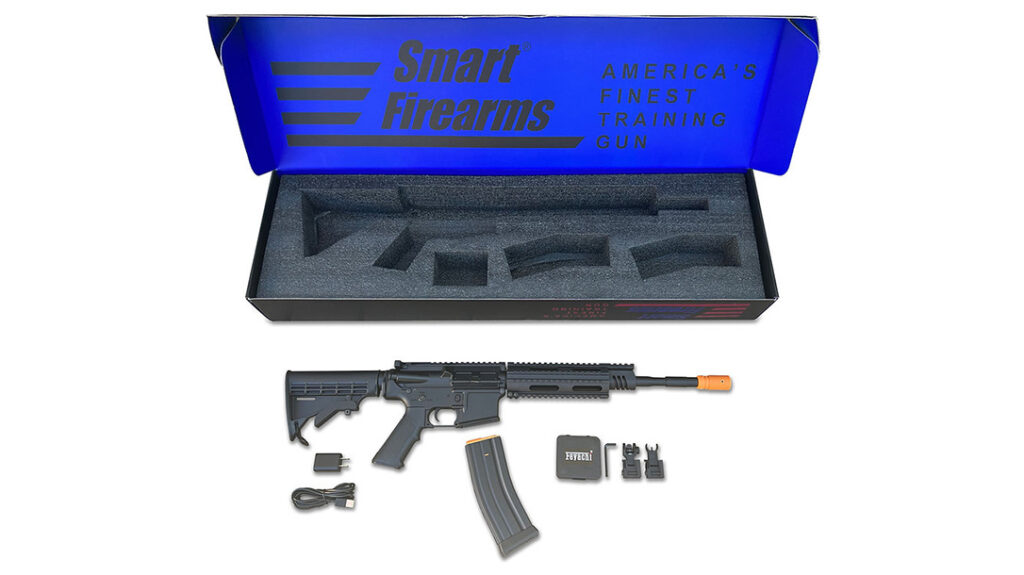
Advertisement — Continue Reading Below
AO Staff: What enticed you to get your pilot’s license?
Mike Farrell: I wanted to be a pilot from the time I was 6 years old. My dad became a pilot as I was growing up, and I fell in love with everything about the job.
AO Staff: What do you feel is the most challenging aspect of flying?
Mike Farrell: I would say the most challenging aspect in modern aviation is never to get complacent. With all the modern technology on board, it is easy to rely on it too much.
AO Staff: So, Mike, you’ve been in the air during some major historic events. Do you have a favorite story you’d like to share?
Mike Farrell: It’s tough to nail down just one, but in November of 1990, I was working in West Berlin for a place called Tempelhof Airways on a German Air Rescue contract. We would sit alert for 2 Learjets to fly Medevac and organ flights throughout Europe and North Africa. The wall had come down a year earlier, and the reunification of Germany happened on November 9th.
Advertisement — Continue Reading Below
There was a lot of history about U.S. aircraft operating in and out of the divided city, and there was talk between Berlin Aircrews about who would be the last plane to land in divided Berlin. Pan Am had a flight scheduled at 9PM on the night of November 8th, so it appeared they would be the last. Fitting, given the deep history Pan Am had in West Berlin. However, at about 5 pm that day, German Air Rescue was assigned an organ flight, and I was the co-pilot. We flew a medical team out to an air base in the Netherlands to fly a heart back into West Berlin.
It appeared the operation would take a while, and we were told we would land back in West Berlin after midnight. Lufthansa had already planned a flight to land in Berlin in the early morning hours of November 9th (Lufthansa had been banned from flying into Berlin since the end of WW2. Allied aircraft only for 45 years), so we would probably just be the second airplane to land in the newly united city.
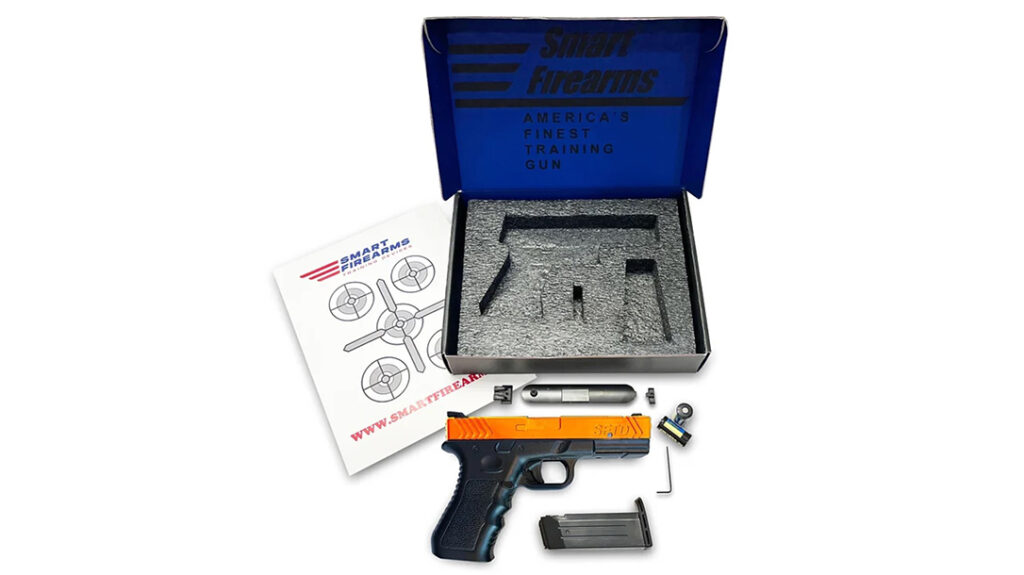
Advertisement — Continue Reading Below
Final Approach on a Divided Berlin
However, the Captain I was with was hopeful and called for extra gas while we were on the ground in the Netherlands. As we waited by the jet for the med team, looking at our watches, we knew our shot at being a small piece of history was fading away when the lights of the ambulance appeared on the lonely airport road. Quick math by both of us said we should be able to land sometime close to midnight. We fired up the jet as quick as we could and flew it like we stole it. Even with the extra gas, I started getting a little nervous as we made our way through the central corridor to Berlin.
Unfortunately, the surface winds in Berlin were calling for us to land west, which meant we had to overfly West Berlin, circle over East Berlin, and land back to the west. Quick math by me said this would be about 0002. The Captain had other ideas and requested a visual approach and high speed. We touched down at 11:58 PM and were the last plane to land in divided Berlin.
AO Staff: Is there any relationship between the two vocations you find interesting?
Mike Farrell: Absolutely. Being an OK shooter or an OK pilot is pretty easy. To be a master at either is a lifelong journey.
Advertisement — Continue Reading Below
AO Staff: Do you have any advice for anybody looking to get into flying?
Mike Farrell: The advice is to go flying. The biggest thing keeping folks out of the air is their own inhibitions. See if you love it. If you do, go all in. It’s not the type of profession that is easy to slowly break into. You need to go to school full-time, get your licenses, and start building experience. If you stick with it you will end up where you want to be, with your progress determined by your own dedication.
For more info, visit smartfirearms.us.
